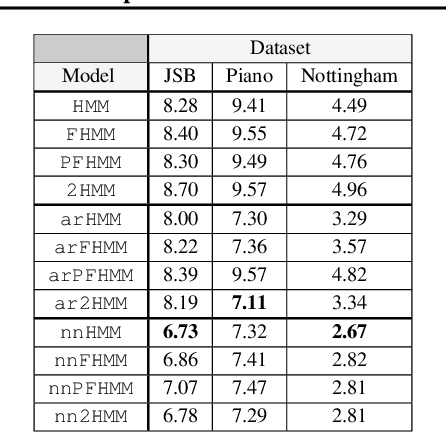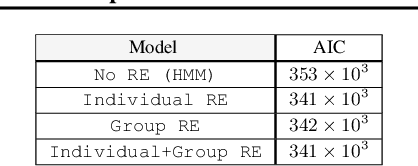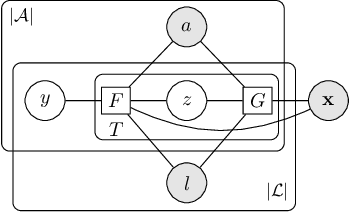Neeraj Pradhan
Composable Effects for Flexible and Accelerated Probabilistic Programming in NumPyro
Dec 24, 2019



Abstract:NumPyro is a lightweight library that provides an alternate NumPy backend to the Pyro probabilistic programming language with the same modeling interface, language primitives and effect handling abstractions. Effect handlers allow Pyro's modeling API to be extended to NumPyro despite its being built atop a fundamentally different JAX-based functional backend. In this work, we demonstrate the power of composing Pyro's effect handlers with the program transformations that enable hardware acceleration, automatic differentiation, and vectorization in JAX. In particular, NumPyro provides an iterative formulation of the No-U-Turn Sampler (NUTS) that can be end-to-end JIT compiled, yielding an implementation that is much faster than existing alternatives in both the small and large dataset regimes.
Tensor Variable Elimination for Plated Factor Graphs
Feb 08, 2019



Abstract:A wide class of machine learning algorithms can be reduced to variable elimination on factor graphs. While factor graphs provide a unifying notation for these algorithms, they do not provide a compact way to express repeated structure when compared to plate diagrams for directed graphical models. To exploit efficient tensor algebra in graphs with plates of variables, we generalize undirected factor graphs to plated factor graphs and variable elimination to a tensor variable elimination algorithm that operates directly on plated factor graphs. Moreover, we generalize complexity bounds based on treewidth and characterize the class of plated factor graphs for which inference is tractable. As an application, we integrate tensor variable elimination into the Pyro probabilistic programming language to enable exact inference in discrete latent variable models with repeated structure. We validate our methods with experiments on both directed and undirected graphical models, including applications to polyphonic music modeling, animal movement modeling, and latent sentiment analysis.
Pyro: Deep Universal Probabilistic Programming
Oct 18, 2018


Abstract:Pyro is a probabilistic programming language built on Python as a platform for developing advanced probabilistic models in AI research. To scale to large datasets and high-dimensional models, Pyro uses stochastic variational inference algorithms and probability distributions built on top of PyTorch, a modern GPU-accelerated deep learning framework. To accommodate complex or model-specific algorithmic behavior, Pyro leverages Poutine, a library of composable building blocks for modifying the behavior of probabilistic programs.
 Add to Chrome
Add to Chrome Add to Firefox
Add to Firefox Add to Edge
Add to Edge